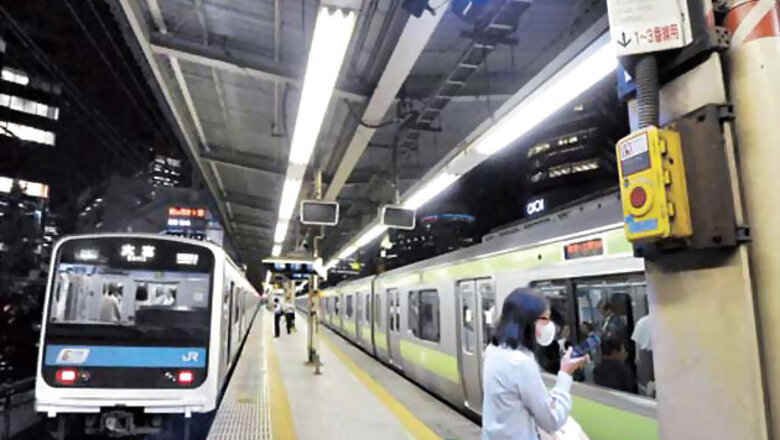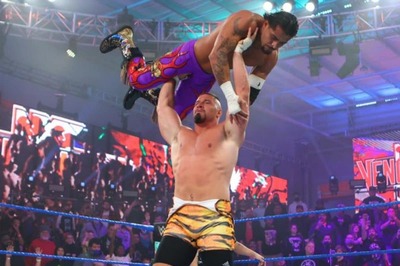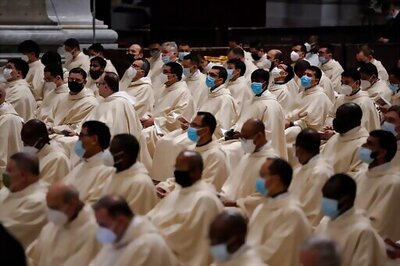
views
Mumbai: This just in — Mumbai railways wants to reinvent itself on the lines of train services in Tokyo, one of the most efficient in the world. Even as the shattered political dreams of a Shanghai-like makeover for Mumbai continue to be source of debate among peeved citizens, the railway babus are weaving their own elaborate castles in the air, and this time their dreams have taken them to the capital of Japan.
At a meeting held last week between a delegation from the World Bank (WB) and railway officials in Mumbai, transport experts from Japan made a presentation which explored the possibility of developing railway stations in the city to emulate those in Tokyo — yes, our seedy, squalid, bustling stations where commuters, beggars, stray dogs and makeshift foodstalls jostle for space.
The main objective of the WB team’s visit was to gauge the progress made on phase-II of the Mumbai Urban Transport Project (MUTP), for which it has funded Rs 1,900 crore. Visiting delegates held meetings with administrators of the Central and Western Railways and the Mumbai Rail Vikas Corporation (MRVC).
Amid conversations that ensued, the commercial and overall development of suburban railway stations in Mumbai naturally came up for discussion. “The team, comprising experts who worked for Japanese railways, suggested ways to commercially develop the rail stations and other surrounding infrastructure, and drew comparisons with facilities existing in Tokyo,” said a senior railway official, on condition of anonymity.
While railway officials dream idly, MiD DAY offers you a reality check, by presenting a few practical stumbling blocks that our city’s stations may encounter in their sluggish race towards first-world standards.
Sluggish skyscrapers
Towering skyscrapers flank stations in Tokyo, and these featured in the discussions. “They suggested that the authorities develop commercial station buildings and lease them to private developers, saying that this was a good way to generate revenue,” said an MRVC official. According to sources, the authorities intend to implement this suggestion, hoping to earn over 40 per cent of their total revenue from them. But while highrises in Tokyo shoot skyward in a matter of months, Mumbai’s buildings inch upwards sluggishly, taking years at a time. If our railway authorities plan to even attempt such constructions, their applications for additional floor space index are sure to be stuck in red tape for months or even years.
It is worthwhile to remember that the state government’s own proposal of a ‘circle of influence’ wherein it intended to provide additional FSI and develop metro railway stations, has been lying in the cold storage.
“The whole idea is to disperse the commuters away from railway stations rather than allowing them to congregate at stations,” said transport expert Jagdeep Desai. A case in point is the Vashi railway station, the first station in Navi Mumbai that tried to emulate the stations in developed countries by building a commercial building atop the tracks. The building today is a picture of neglect, with hardly any takers for investment — it is mostly occupied by government agencies, with private players giving it a wide berth.
“Developing stations vertically are the only solution to the growing space crunch, but it has been practically applied only in Navi Mumbai stations, where there are still many possibilities to be explored,” said A V Shenoy, transport expert and member of the Mumbai Vikas Samiti.
Passenger pressure
Every day, about 70 lakh commuters jostle and elbow each other in suburban locals, choking the platforms and stairs on their way out of the stations. Serpentine queues of travellers wait for their ticket to ride sometimes breaking out into aggressive skirmishes. Trains or stations in Tokyo don’t have to deal with this crushing flow of commuters. “There is an urgent need for other modes of transport — the Metro and Monorail services, for example — to be networked with the railways,” mused a railway official.
Crowded stations
Platforms in Tokyo are spic and span, exclusively constructed and maintained for passengers to dismount from trains and make their way to the exits. Food stalls are only found on the platforms. In Mumbai, food vendors, beggars and their makeshift accommodations compete for attention. “Platforms are meant for faster movement and dispersal of people, but here they do not serve that purpose. Tokyo, on the other hand, has disciplined commuter-movement,” said Ashok Datar, transport expert.
Cash crunch
For years now, the railway authorities have been struggling to manage dwindling funds, with day-to-day operations, and maintenance guzzling up depleting funds. During a recent inspection, members of the Railway Board urged railway authorities to tighten their purse strings and make calculated expenses. Needless to say, this has slowed down projects, including those to increase the height of platforms and build new foot over-bridges.
Behave yourselves
Adding oodles of character to our stations but detracting equal measures of discipline and safety are the faithful railway commuters — they nonchalantly cross tracks even as trains loom dangerously close, and use the train roofs to innovate on their acrobatic skills — antics that are sure to attract heavy fines for commuters in Tokyo.
Experts said that a change in social behaviour was the first necessary step towards emulating train services in Tokyo. “There, people stand in queues in a disciplined manner, they even walk to the stations as vehicles aren’t allowed near them. People need to be more cooperative and restrained if high-end railway stations are to be proposed,” added Datar. Every day, at least 10 people die on the tracks.



















Comments
0 comment